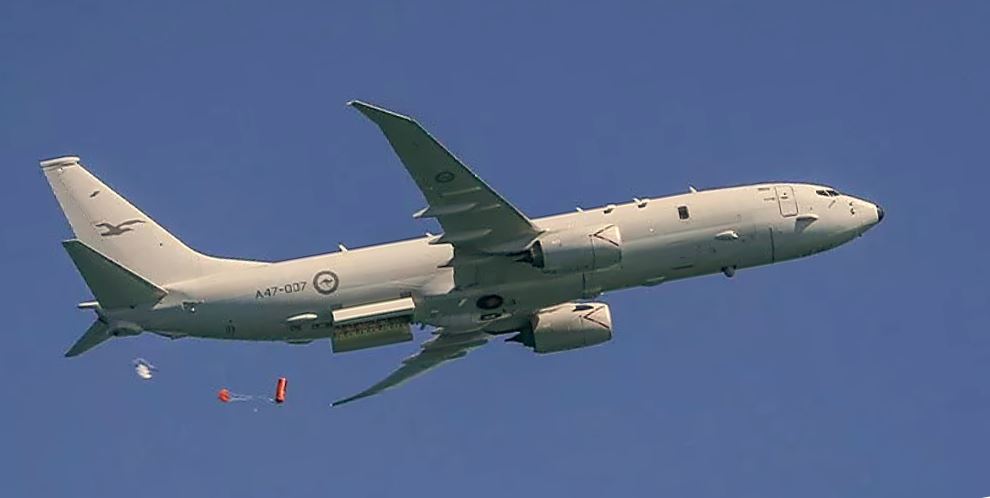 |
| Boeing P-8 Poseidon |
The P-8A is a derivative of the ubiquitous commercial Boeing 737-800 and has 737-900 wings. It's bigger than the previous Lockheed P-3. Poseidon has an additional fuel tank in the back for longer distances. It is worth mentioning that the maximum fuel capacity is 34 t and provides 4 hours of flight durability at the station.
The new aircraft is powered by two cfm international CFM56-7B high bypass turbofan engines. Turbofan engines are deliberately chosen because they are more powerful, more fuel efficient, and have a number of other advantages. The same engine is used on Australian and Turkish Boeing 737 early warning and air control aircraft, as well as U.S. Navy C-40 Clipper transportation. Poseidon is not the only maritime patrol aircraft to use jet engines. Nimrod English has filled a similar role for decades. Though Poseidon can roam at a speed of 333 km / h above the sea with an altitude of only 60 m.
This maritime patrol aircraft and ASW will have up to 7 operator consoles in its cabin. The aircraft will have electro-optical and infrared sensor towers, maritime surveillance radars, signal intelligence systems. Its radar is capable of detecting, classifying and identifying ships, small ships, and submarines that appear on the surface. It also has cost surveillance capabilities. The P-8A will also be equipped with advanced magnetic anomaly detection systems for submarine tracking. Poseidon can be used for search and rescue operations.
The Boeing P-8A Poseidon will carry a lightweight Raytheon Mk.54 anti-submarine torpedo. It can also carry torpedoes, missiles, free-fall bombs, depth payloads, mines, or sonbuoy in the rotary integral weapon bay, located below the front of the fuselage. Air-to-surface and air-to-air missiles, such as Harpoon anti-ship missiles, SLAM or AGM-65 Maverick ground attack missiles, and AIM-9 Sidewinders or AIM-120 AMRAAM air-to-air missiles can be carried. underwing cantelan.
Variant
- The P-8A Poseidon is the production version of the P-8.
- The P-8I Neptune is the version for the Indian Navy. India ordered these 8 aircraft. The first aircraft was delivered in 2013.
- Boeing P-8 Airborne Ground Surveillance (AGS) version. The aircraft is intended to track vehicles moving on land. In 2010 it was proposed to the U.S. Air Force as a replacement for the E-8 Joint STARS aircraft.









